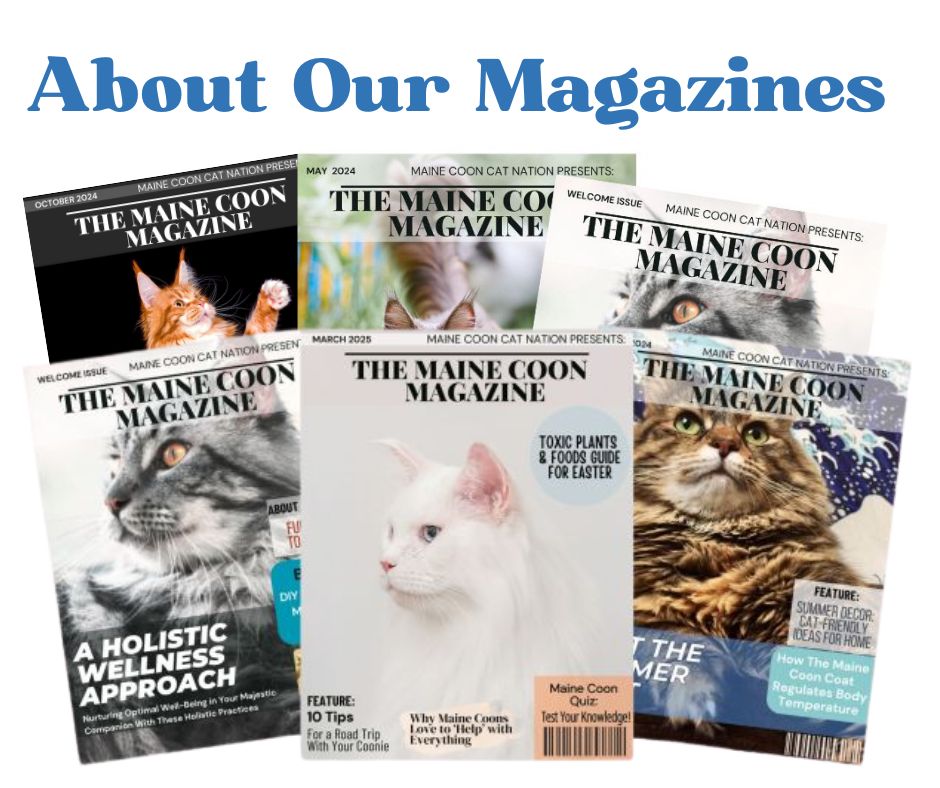- Home
- Maine Coon Cat Health
- Hip Dysplasia in Cats
Hip Dysplasia in Cats
Hip dysplasia in cats can be a concern for any breed.
It was once thought to affect only dogs, but now we know domestic cats can suffer from it as well. Although it is very painful, it's also treatable.
Here, we'll talk about signs, symptoms and treatments for hip dysplasia in cats.
Maine Coon Hip Dysplasia
This is a genetically inherited condition. There is not one specific gene responsible, but a combination.
Both parents must have the disorder or be carriers. Responsible breeders are aware of this and practice genetic screening of their purebred cats, to avoid breeding kittens with a genetic predisposition for it.
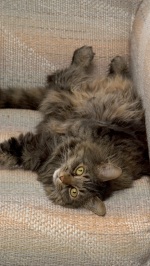
A kitten is born with the genetics for this condition, but not the condition itself. Many cats never develop hip problems.
Larger cats, such as the big Maine Coon breed, will be more likely to develop signs and symptoms as they grow.
This is simply because they bear more weight on their joints.
Maine Coon Hip Dysplasia is basically a poor fitting hip joint. It is a ball and socket arrangement. The "ball" is the top of the femur (leg bone) and the "socket" is part of the pelvis. They should come together in a nice fit.
With cat hip dysplasia the fit is poor, and misshapen. The femur rubs in the hip socket.
This causes excessive wear of cartilage, and bone rubbing on bone. As a result the cat will experience pain and osteoarthritis. This is what is meant by "degenerative disease" - a pet who suffers from it gets worse over time.
Signs and Symptoms
Sometime after the age of six months or so, symptoms or signs of hip dysplasia may show up.
Changes in a cat's gait and movement serve as early indicators, with affected felines exhibiting an altered, often wobbly, walking pattern.
A cat might limp off and on, stop running and jumping as usual, or be obviously in pain. He might even refuse to walk.
Difficulty in jumping or climbing becomes apparent as the condition progresses, as physical activity becomes uncomfortable.
Pain and discomfort are expressed through subtle behavioral cues, including hesitancy in movement, vocalization, or withdrawal.
Behavioral changes, such as increased irritability or reluctance to engage in typical activities, may signify the presence of underlying discomfort.
Recognizing these signs is crucial for prompt diagnosis and intervention.
Veterinary attention should be sought if you notice any of these symptoms, as early detection allows for effective management and improved quality of life for affected kitties.
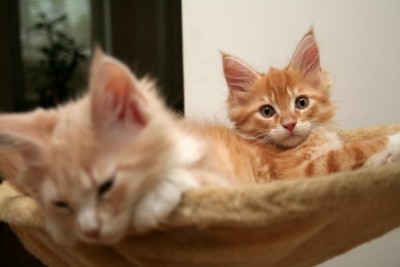
Diagnosis
If a vet suspects feline hip dysplasia, he might take x-rays or use other imaging techniques.
Diagnosis involves a comprehensive approach, combining veterinary examination, imaging techniques, and other diagnostic tools to achieve an accurate assessment of the condition.
Veterinary Examination
A thorough veterinary examination is the initial step in diagnosing hip dysplasia. Veterinarians assess the cat's gait, joint mobility, and overall musculoskeletal health.
Palpation of the hip joint helps identify any abnormalities or signs of discomfort. Observing a cat's behavior during the examination provides valuable insights into potential hip pain or mobility issues.
Imaging Techniques
X-rays:
X-rays are a primary tool for confirming diagnosis. Radiographs capture detailed images of the hip joint, revealing irregularities in the hip socket and femoral head.
This aids in determining the extent of dysplasia and guides treatment decisions.
This will involve anesthesia because the cat will have to be completely relaxed on the x-ray table. They will want to x-ray the cat's hips from various angles.
CT Scans:
In some cases, computed tomography (CT) scans may be employed for a more detailed three-dimensional view of the hip joint.
CT scans offer enhanced precision in assessing structural abnormalities, aiding in surgical planning or other interventions.
Other Diagnostic Tools
Additional diagnostic tools may complement the examination and imaging techniques:
Gait Analysis:
Advanced technologies, such as gait analysis systems, can provide quantitative data on a cat's walking pattern, helping to objectively assess abnormalities associated with hip dysplasia in cats.

Blood Tests:
While not specific to hip dysplasia, blood tests can be conducted to rule out other potential causes of joint pain or inflammation.
Joint Aspiration:
In some cases, joint fluid analysis through aspiration may be performed to evaluate inflammation levels and rule out concurrent joint conditions.
Treating Hip Dysplasia in Cats
There are a couple of treatment options. One is anti-inflammatory drugs.
It's important to note that a cat should only be given drugs prescribed by your vet.
Acetaminophen (Tylenol) is poisonous and deadly to cats. Advil or Aspirin can be incorrectly dosed and deadly as well.
The vet will also recommend restricted exercise, such as jumping or going outside. Also, a glucosamine supplement is sometimes recommended.
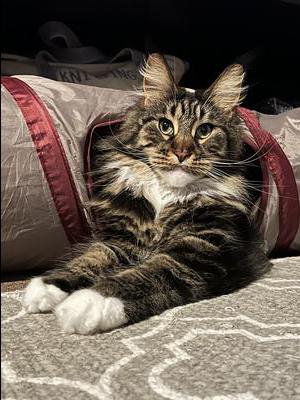 Violet Grey
Violet GreyThere is surgery called femoral head ostectomy. It involves the vet going in and removing femur head. After surgery, scar tissue will build up in the area, and muscles will hold the hip in place. Although it sounds odd, it really provides relief.
With no more bone rubbing on bone after a full recovery, the cat feels better and goes on to live and play normally.
Medications for Pain Management
Pain management plays a central role in treating hip dysplasia in cats.
Non-steroidal anti-inflammatory medication (NSAIDs) is commonly prescribed to alleviate pain and reduce inflammation associated with the condition.
These pain medications provide relief, enabling affected cats to engage in daily activities more comfortably.
However, prolonged use requires close veterinary supervision to monitor for potential side effects.
Surgical Interventions
Femoral Head and Neck Excision (FHO):
FHO involves the removal of the femoral head and neck, eliminating the source of friction and pain in the hip joint.
While it alters the biomechanics of the hip, cats often adapt well, experiencing improved mobility and reduced discomfort.
Total Hip Replacement (THR):
THR is a more advanced surgical option, replacing the entire hip joint with prosthetic components.
This procedure aims to restore near-normal joint function and is particularly beneficial for severe cases or when FHO is deemed insufficient.
Surgical options are individualized based on the cat's age, overall health, and the severity of the condition, with thorough preoperative evaluations guiding the choice of procedure.
Physical Therapy and Rehabilitation
Physical therapy and rehabilitation play pivotal roles in managing this condition, focusing on improving muscle strength, joint flexibility, and overall mobility.
Tailored exercise regimens, therapeutic massage, and hydrotherapy contribute to enhanced joint function.
Rehabilitation efforts aim to optimize the cat's quality of life, promoting a balance between rest and activity to prevent muscle atrophy and maintain joint health.
Joint Support
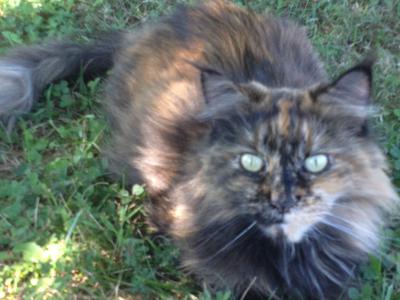
There are a wide array of quality joint supplements for hip dysplasia in cats.
Joint support supplements can contain Glucosamine and Chondroitin, herbs, or even Chinese remedies.
They promote connective tissue health, help maintain healthy cartilage, and most importantly ease discomfort.
Hip dysplasia in cats can be incredibly painful, but thankfully it is fully treatable.
With the right veterinary care a cat who suffers from hip dysplasia can still live a long and happy life.
« Back to Maine Coon Health
Recent Articles
-
Today's Features
Apr 16, 25 09:54 PM
Today we have two classic Memory Lane pages to share!
Murphy & Candy Cane: Double the Maine Coon Charm - This adorable Maine Coon duo from our 2011 Photo Albums - Murphy and Candy Cane - brought doubl… -
Memory Lane Month Begins!
Apr 15, 25 10:22 PM
We're thrilled to start our "Memory Lane Month" event by visiting some cherished moments from our community! We're in the process of restoring meaningful community stories like this one, to preserve t… -
Will a Maine Coon Protect Its Owner From Danger or an Intruder?
Apr 09, 25 10:41 PM
Plenty of people are curious: Will a Maine Coon protect its owner if something happens? Let’s talk about what this means, and what kind of protector a Coonie is.
